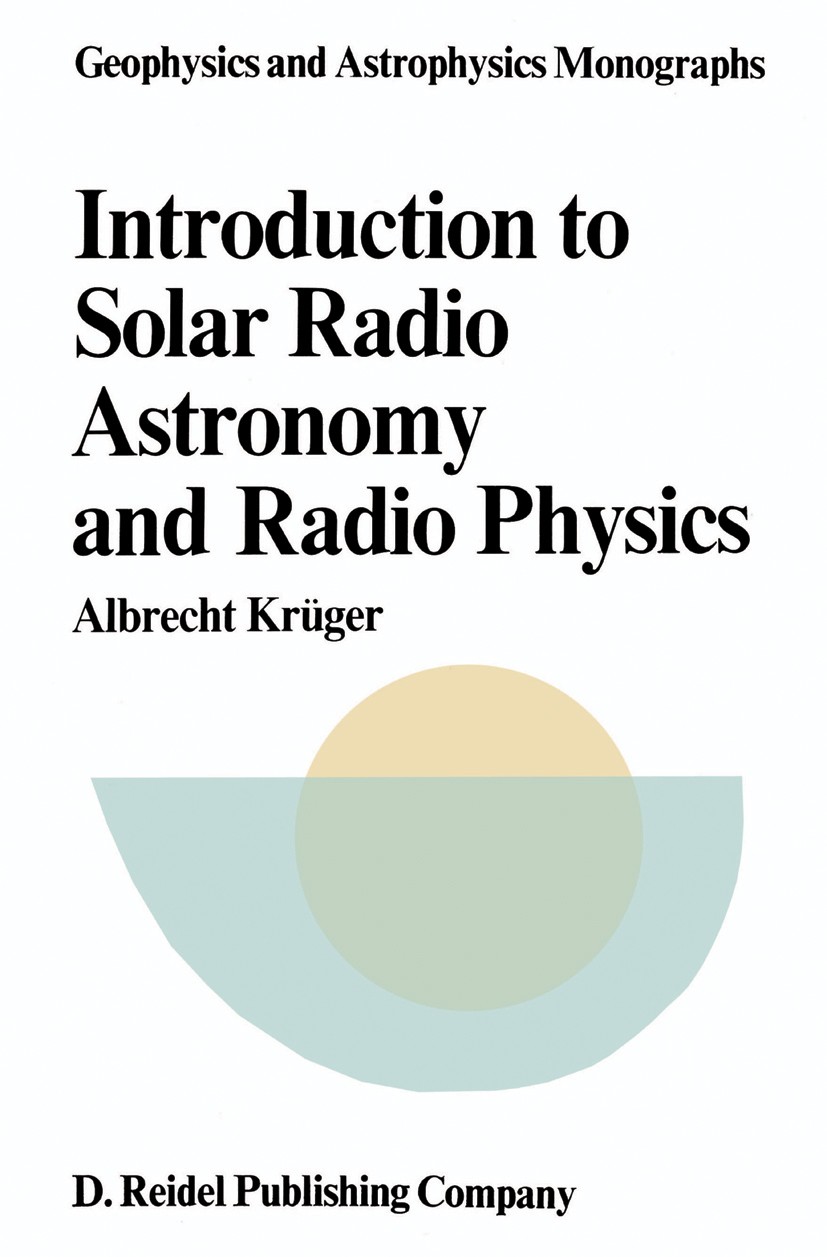| 书目名称 | Introduction to Solar Radio Astronomy and Radio Physics | | 编辑 | A. Krüger | | 视频video | http://file.papertrans.cn/475/474191/474191.mp4 | | 丛书名称 | Geophysics and Astrophysics Monographs | | 图书封面 |  | | 描述 | 1. 1. Short History of Solar Radio Astronomy Since its birth in the forties of our century, solar radio astronomy has grown into an extensive scientific branch comprising a number of quite different topics covering technical sciences, astrophysics, plasma physics, solar-terrestrial physics, and other disciplines. Historically, the story of radio astronomy goes back to the times of James Clerk Maxwell, whose well known phenomenological electromagnetic field equations have become the basis of present-time radio physics. As a direct consequence of these equations, Maxwell was able to prognosticate the existence of radio waves which fifteen years later were experimentally detected by the famous work of Heinrich Hertz (1887/88). However, all attempts to detect radio waves from cosmic objects failed until 1932, which was mainly due to the early stage of development of receiving techniques and the as yet missing knowledge of the existence of a screening ionosphere (which was detected in 1925). Therefore, famous inventors like Thomas Edison and A. E. Kennelly, as well as Sir Oliver Lodge, were unsuccessful in receiving any radio emission from the Sun or other extraterrestrial sources. Anot | | 出版日期 | Book 1979 | | 关键词 | Chromosphere; Corona; Photosphere; Planet; Solar wind; Sunspot; solar | | 版次 | 1 | | doi | https://doi.org/10.1007/978-94-009-9402-7 | | isbn_softcover | 978-90-277-0997-4 | | isbn_ebook | 978-94-009-9402-7 | | copyright | D. Reidel Publishing Company, Dordrecht, Holland 1979 |
The information of publication is updating

|
|
 |Archiver|手机版|小黑屋|
派博传思国际
( 京公网安备110108008328)
GMT+8, 2025-11-20 01:46
|Archiver|手机版|小黑屋|
派博传思国际
( 京公网安备110108008328)
GMT+8, 2025-11-20 01:46


